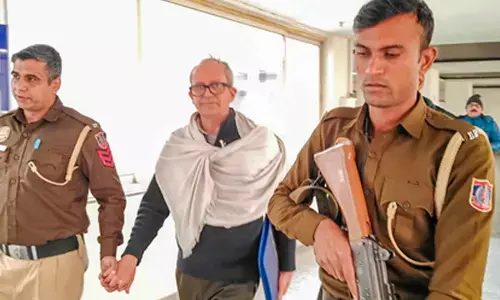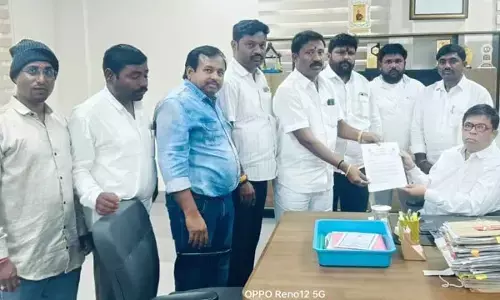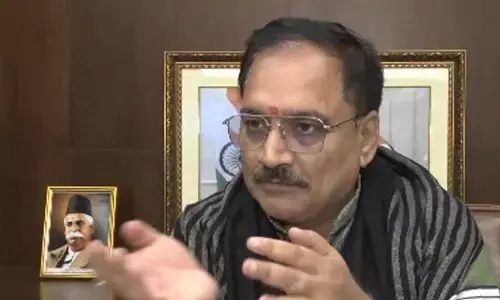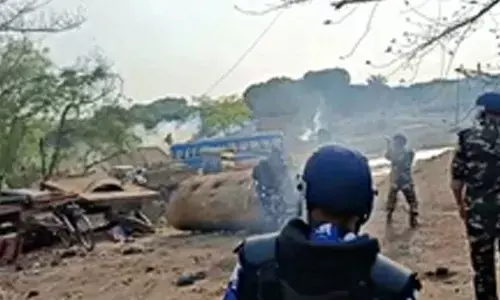Showing the Missing Link through a viewfinder

In the year 2000, when she visited a red-light district for a photography project, something changed within her. Something that shook her completely. That moment, photographer Leena Kejriwal knew that she wanted to do more with her art than just capture images... maybe set her subjects free.
Over the years, as she collaborated with NGOs in red-light districts, Kejriwal, founder of Missing Link Trust became increasingly cognizant of the tragic reality that sexual abuse and exploitation are predominantly demand-driven. “Lack of public awareness and complicity inadvertently fueled the rising figures of trafficking, highlighting the need for broader public awareness,” she tells IANS.
Her understanding of this issue served as the catalyst for the Missing Project. As an artist, Kejriwal’s early efforts involved multi-layered, complex installations exhibited in gallery spaces in India and abroad. However, she soon realised the primary audience was the Indian people, recognising the diverse nature of the Indian public, with its myriad languages, societal norms, and perceptions. It was then that she engaged in a public art residency in New York to explore the power of public art.
“The outcome of this residency was the conception of the missing girl silhouette, symbolising the millions of girls who disappear into the vast black hole of exploitation. Our fiberglass installations, launched at the India Art Fair 2014 by JSW, received multiple accolades and global recognition. This spurred the start of a crowdfunding campaign, leading to the establishment of the Missing Link Trust, and this is how far we have come.”
Currently, curating an art show for the Missing Project that will consist of various installations, sounds as well as materials, along with murals, stencil art, and of course, photography, the artist says the elements are designed to weave seamlessly from one to other, providing a comprehensive visual narrative. “The collection will also provide an insight into my journey as the artist behind the project,” she adds. Talk to her about the ‘Missing Game’ that puts players in the shoes of the person trapped in the black holes of a brothel, and the artist says it is a strategic choice to engage with the public on a dark and deeply troubling issue. While admitting that everyone has a right to their private moments of entertainment and digital engagement, she says it is important to comprehend the darker side of the Internet. “To create this understanding, we leverage immersive, experiential art forms that connect with the audience on an emotional level. We are not preaching but facilitating self-learning through factual experiences.”
For someone who has been working on this issue for decades now, Kejriwal says that being a woman, the vulnerability experienced as a little girl is a potent memory. Remembering when she saw a young girl standing in the red-light district, her own childhood emotions resurfaced, the artist whose family home, located on the main route from Sonagachi, Asia’s largest red-light district, says, “This recognition fueled my dedication to tackling sex trafficking and exploitation. So I decided to devote myself to raising awareness about these issues, providing resources to anti-trafficking movements, and simplifying the problem to make it accessible for everyone to take action. We are dismantling the issue and targeting the very foundation, which is the prevention of trafficking.”
Photography has been her artistic medium of choice since her early days. Intrigued by the play of light and shadow in artworks, the camera gave her the freedom to bring her perception to life. “Always by my side, the camera helped me chronicle what moved me in various spaces. My affinity for public spaces and their reflection of social structure and economy found an expressive outlet through photography. I am drawn to how people inhabit spaces based on their socio-economic influences,” she concludes.














